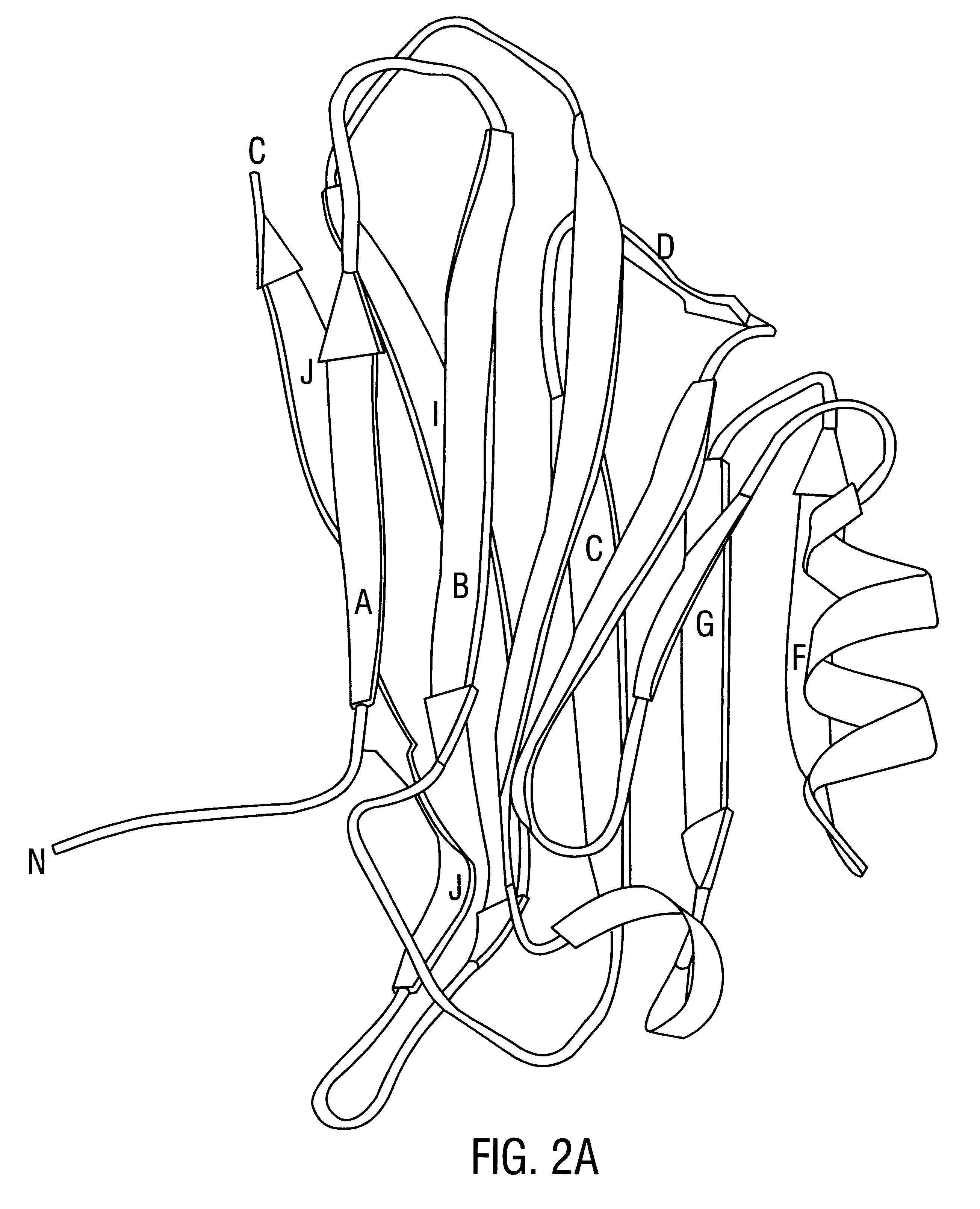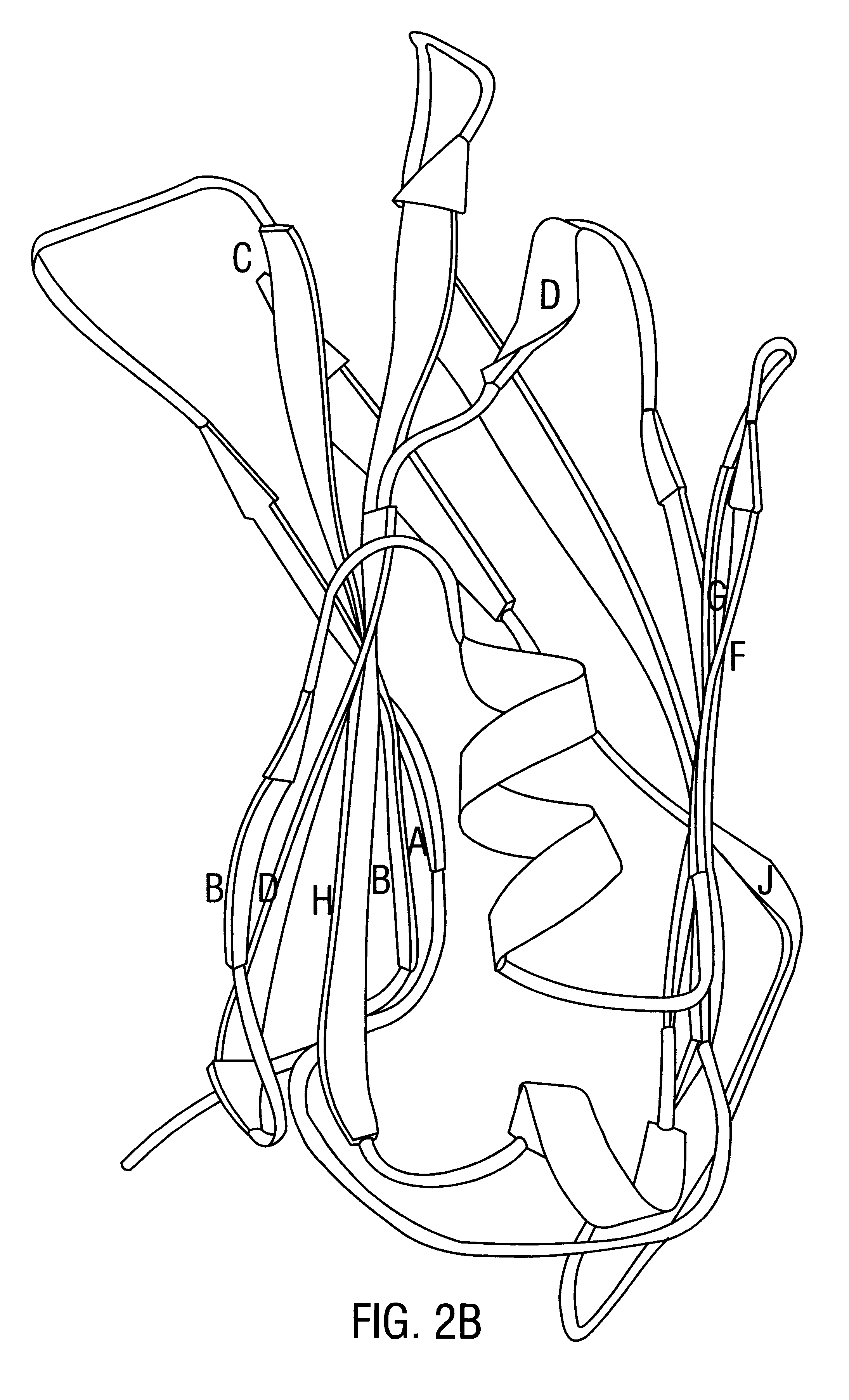Collagen binding protein compositions and methods of use
a collagen and protein technology, applied in the field of molecular biology, can solve the problems of poor clinical outcome, permanent disability with limited motion or persistent pain in the affected joint, and bacterial arthritis acquired by the patient's hematogenous bacterial infection remains a serious medical problem,
- Summary
- Abstract
- Description
- Claims
- Application Information
AI Technical Summary
Benefits of technology
Problems solved by technology
Method used
Image
Examples
Embodiment Construction
The technology described herein is used to develop methods and compositions that specifically interfere with bacterial adhesion and the subsequent colonization host tissues, thus resulting in the prevention of infection, and the prevention of diseases caused by bacteria which express CBPs on the cell surface. The technology is broadly applicable, has the potential to increase the effectiveness of antibiotic therapy in many situations, and replace antibiotic therapy in a number of other applications. The technology is expected to be especially effective in treatment regimens for staphylococcal and streptococcal infections, and as a cost-effective prophylaxis for prevention of related diseases. The elucidation of the crystal structure of the CBP by the inventors represents a monumental advance in the medical arts, and particularly in the field of infectious disease diagnosis and treatment by providing critical information necessary for identifying compositions which interfere with, or...
PUM
| Property | Measurement | Unit |
|---|---|---|
| temperatures | aaaaa | aaaaa |
| temperatures | aaaaa | aaaaa |
| diameters | aaaaa | aaaaa |
Abstract
Description
Claims
Application Information
 Login to View More
Login to View More - R&D
- Intellectual Property
- Life Sciences
- Materials
- Tech Scout
- Unparalleled Data Quality
- Higher Quality Content
- 60% Fewer Hallucinations
Browse by: Latest US Patents, China's latest patents, Technical Efficacy Thesaurus, Application Domain, Technology Topic, Popular Technical Reports.
© 2025 PatSnap. All rights reserved.Legal|Privacy policy|Modern Slavery Act Transparency Statement|Sitemap|About US| Contact US: help@patsnap.com



